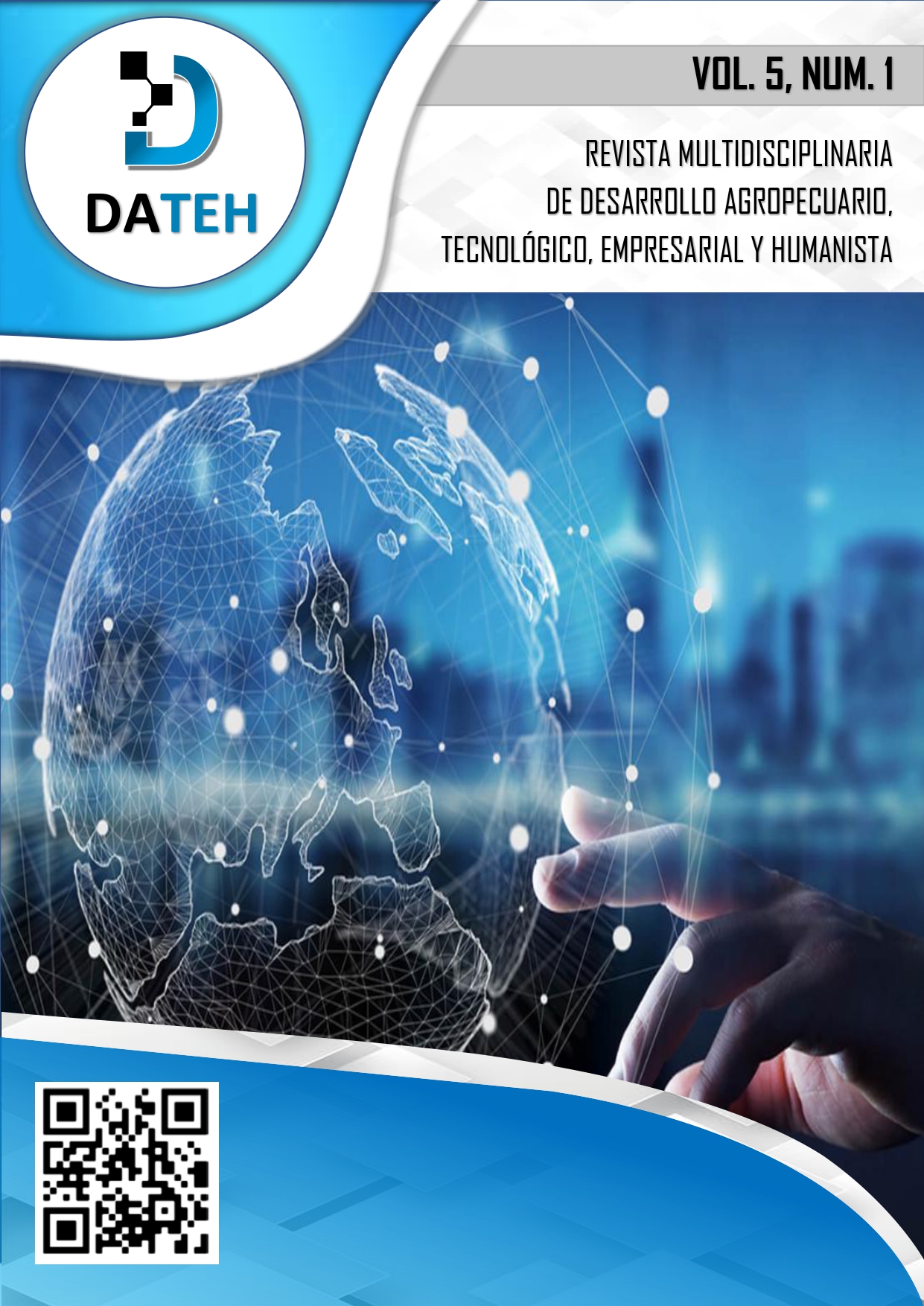Characterization of the renewable energy, canton Logroño, for the dimensioning of a micro grid
Abstract
It has been performed both the characterization of renewable energetic resources and its demand in the Yaap Community, Yaupi Parish, Logroño Canton, for a micro network dimensioning, reaching the determination of the best alternative for electricity service with renewable energy. It is considered within the general context the renewable energy; mainly the energies, known as: solar photovoltaic, wind, hydro and biomass, due to they could be exploited rationally in the study area. In different visits to the Yaupi Parish and Yaap Community, the energy needs of their inhabitants were assessed, and besides, it was possible to do research about the renewable energy resources that are available in the area. When analyzing the best alternative to give electrical service to the Yaap community, it was found among the most relevant options solar photovoltaic and hydropower energy. It was elaborated comparative costs with each one of the sources of renewable generation, including the extension of electricity network, determining the generation with photovoltaic solar panels as the system that could be implemented in the community. The isolated generation will consist of 3 modules in series and 15 parallel branches (45x250Wp panels), to obtain the power of 11250 Wp. each 5 parallel branches will have a charge regulator 70A, the accumulation system with a nominal capacity of 3585 Ah in 8 hours (24x2VDC batteries) and a 8000W inverter.
Downloads
References
Avila, J. (2014). El estrés un problema de salud del mundo actual. Revista CON-CIENCIA, 2(1), pp.117-125.
Barrio, J., García, M., Ruiz , I., & Arce, A. (2006). EL ESTRÉS COMO RESPUESTA. INFAD, Revista de Psicologia, 1(1), 38-47.
Dahab, J., Rivadeneira, C., & Minici , A. (2010). El enfoque cognitivo-transaccional del estrés. Revista de cognitivo conductual, 2-6.
De Heus, P., & DIeskstra, R. (1999). Do teachers burn out more easily? A comparison of teacher with other social professions on work stress and burnout symptoms. New York, New York , NY: Cambridge University Press.
Extremera, N., Rey, L., & Pena, M. (2010). LA DOCENCIA PERJUDICA SERIAMENTE LA SALUD. Boletín de Psicología, No. 100, 43-54.
Freudenberger, H. (9 de Enero de 2015). The Relationship between Time Pressure and Burnout Syndrome: A Cross-Sectional Survey among Jordanian Nurses. Health, 7(1), 159-165.
https://www.funcionpublica.gov. (s.f.). Obtenido de https://www.funcionpublica.gov.co/preguntas-frecuentes/-/asset_publisher/sqxafjubsrEu/content/el-estres-laboral/28585938
LOEI. (s.f.). Ley Orgánica de Educación Intercultural, publicada en el Segundo Suplemento del Registro Oficial No. 417 de 31 de. LOEI.
Moncada i Lluís, S., Llorens Serrano, C., Salas Ni. (2021). La tercera versión de COPSOQ-ISTAS21. Un instrumento internacional actualizado para la prevención de riesgos psicosociales en el trabajo. Revista Española de Salud Pública, 95.
OIT. (2016). Organizacion Internacional del Trabajo. Estres Laboral. Ginebra.
Oros, L., & Vogel, G. (2005). Eventos que generan estrés en la infancia: diferencias por sexo y edad. 17(1), 85-101.
Patlan Perez, J. (2019). ¿Qué es el estrés laboral y cómo medirlo? 35(1), 156-184.
Peiró Silla, J. M., & Bravo, M. J. (1999). Factores psicosociales en la prevención de riesgos laborales: oportunidades y retos para la psicología del trabajo y de las organizaciones. Journal of Work and Organizational Psychology, 15(2), 137-146.
Sandin, B. (2003). El estrés: un análisis basado en el papel de los factores sociales. International Journal of clinical and health psychology, 3(1), 141-157.
Valera, S. (2023). http://www.ub.edu/. Obtenido de http://www.ub.edu/psicologia_ambiental/unidad-4
De Heus, P., & DIeskstra, R. (1999). Do teachers burn out more easily? A comparison of teacher with other social professions on work stress and burnout symptoms. New York, New York , NY: Cambridge University Press.
Extremera, N., Rey, L., & Pena, M. (2010). LA DOCENCIA PERJUDICA SERIAMENTE LA SALUD. Boletín de Psicología, No. 100, 43-54.
Freudenberger, H. (9 de Enero de 2015). The Relationship between Time Pressure and Burnout Syndrome: A Cross-Sectional Survey among Jordanian Nurses. Health, 7(1), 159-165.
https://www.funcionpublica.gov. (s.f.). Obtenido de https://www.funcionpublica.gov.co/preguntas-frecuentes/-/asset_publisher/sqxafjubsrEu/content/el-estres-laboral/28585938
Moncada i Lluís, S., Llorens Serrano, C., Salas Ni. (2021). La tercera versión de COPSOQ-ISTAS21. Un instrumento internacional actualizado para la prevención de riesgos psicosociales en el trabajo. Revista Española de Salud Pública, 95.
OIT. (2016). Organizacion Internacional del Trabajo. Estres Laboral. Ginebra.



